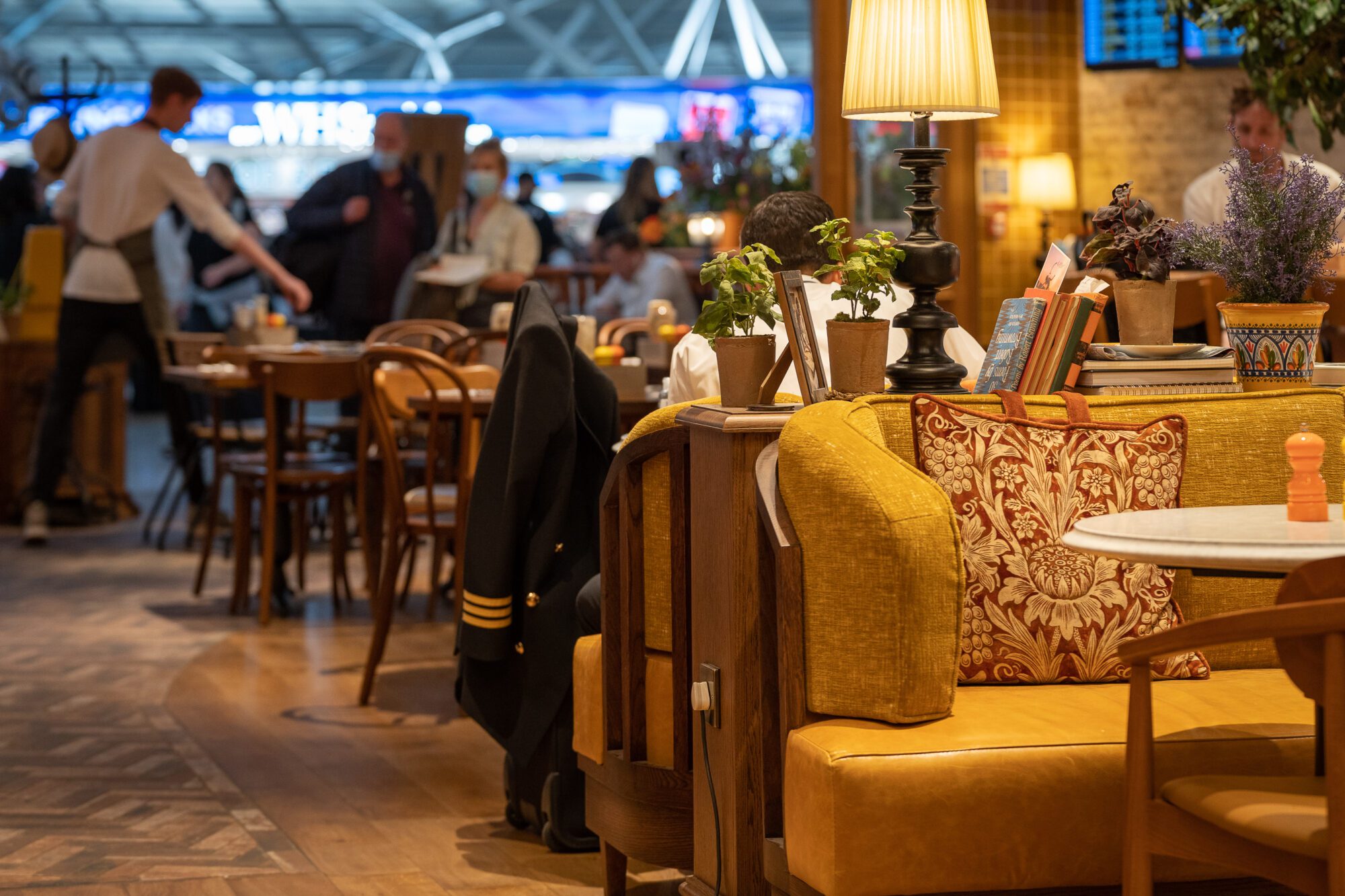When creating a new hospitality concept, be it a hotel, a restaurant or a bar, one of the first questions any designer should ask is: what is the story I’m trying to tell?
You should interrogate what you want your customers to feel when they walk through the door, and where you want to transport them for the duration of their stay. It can be to another time, location, or to an extension of what is outside your front door. A brand’s storytelling is the foundation of its personality.
The starting point for designers, architects, and builders is getting a deep understanding of the brief and expectations from the owner. In essence, getting to know how the client wants the hotel to be seen and represented. When it comes to building a new space or redeveloping a used one, there are certain steps that everyone needs to follow to lay foundations. It’s crucial to lay the storytelling foundations to develop a unique narrative when turning the shell of the space into a place which will draw in customers.
When someone designs their home, they are creating a space that reflects who they are as a person. It is the same process for brands and hospitality design; when a customer walks through the door, they should feel the personality and character oozing through the little details of a venue.
We recently worked with Hilton Hotels on the redevelopment of the Hilton Birmingham Metropole Hotel. Rather than taking the ‘cookie cutter’ approach, we wanted to develop four unique spaces, each with their own story to tell, and each with a genuine connection to the city on its doorstep. We wanted it to feel authentic, as it’s a city many of our team are proud to call home. In designing for Hilton, we stepped away from the clichés to move closer to the rich heritage of the historical environment and culture, incorporating little elements of Birmingham’s own story throughout.
One key thing to remember is that when you’re telling a story, this doesn’t mean creating a theme. It is more about engaging the customer with the design and feel of a space. A story can be told through a combination of little design details, which combined create an overall experience, a connection, and hopefully, create the desire to return. The name, the décor, the music, the plants, everything is wrapped together to create a meaningful experience for a customer. When they do return, the next time the story will continue through other little touches in different locations. Step by step, the story develops and reveals.
We also worked with a wonderful restaurant, Terracotta Italian Kitchen, an authentic Italian restaurant located in Stansted Airport. The story the owners wanted to portray and the feeling they wanted to create was that customers had been invited into an expatriate’s Italian home for dinner. Italians have a reputation for generosity, homemaking, and home-cooking, and from the décor to the dishes, Terracotta Italian Kitchen offers a calming, yet familiar feeling among the busyness of the airport. From the very beginning, we created a concept which told this story by layering it piece by piece through the furniture, materials, the textures, the artwork and bric-a-brac, the menu design and even down to the team uniform. Every element played a part in creating the story of the Italian home.
For those who want to emphasise, re-tell, or simply develop their story, our top tips for simple storytelling changes are:
Evaluate what you want your brand to be and the story you tell and think. Focus on the small changes to showcase your space’s uniqueness and bring in elements that emphasise that.
Look at your audience and your target audience. Are you reaching the people you want to attract, and if not, do you know why? Ask yourself if it is too broad and if it needs to be narrowed down. Remember that you can’t meet everyone’s needs. If you tried, this would water down the brand.
Small touches also go a long way, from a new menu layout to small design touches. It all can change the way someone feels when entering your space, so create moments of intrigue and interest to draw people back to the space. Perhaps seat a regular in a new spot so they get a new perspective, or highlight specials and offers.
My biggest piece of advice is to not to separate the brand from the interiors because they are never and should never be two separate things. If you don’t develop the two together, it can be hard to have a clear, and strong identity. Having them act and connect as one, gives your customers a better experience, and hopefully, gives them a reason to come back time and time again.
Written by Sarah Acres, Senior Interior Designer and published in Hotel Owner – January 2023
